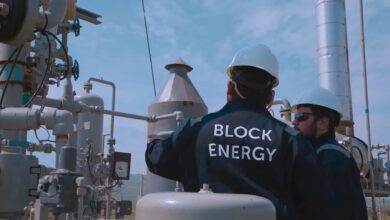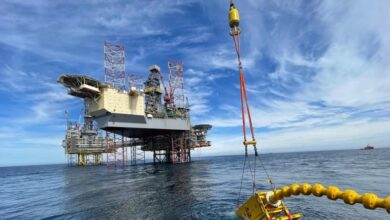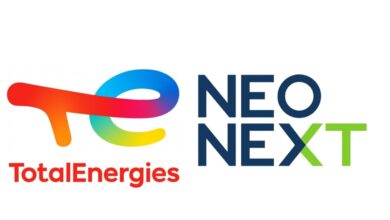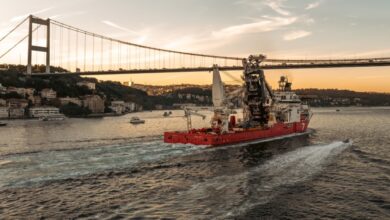Stepwise approach guides Statoil’s North American onshore path
By Joanne Liou, Associate Editor

When Statoil entered the North American onshore market in 2008, it was a non-operator in a joint venture with Chesapeake in one shale play. Since then, the Norwegian-based operator has stepped up into operator roles in the Eagle Ford, Bakken and Marcellus. Taking a stepwise approach has been critical to Statoil’s success and is allowing the company to take its North American shale experience to other areas like Australia and Russia, said Veronica Henriquez Roa, VP Onshore Land, Development and Production North America. Next up is likely Mexico, she said at the 2014 IADC Annual General Meeting in New Orleans on 13 November.
Statoil started onshore North America with a team of just five people – a lawyer, a landman, an asset manager, a geologist and a driller. “At that point in time, Statoil did bite off a little bit more than it could chew. The well proposals were coming in faster than we could pick them up from the mail room,” Ms Roa explained.
Significant learning had to take place before the company could take over operatorship in the Marcellus. “What was most difficult for Statoil to grasp with the land business is that it’s very different. This is a complicated business, and there are numerous (land) owners to deal with, not to mention the number of leases that we walked in the door with – 58,000.”
When the operator took up assets in the Eagle Ford, it realized it did not want to be just a non-operator. In an investment deal with Talisman in 2010, “we agreed that we had the right to take over operatorship within three years,” she said. Before Statoil began operating the eastern half of its Eagle Ford assets in July 2013, the company acquired Brigham Exploration and its Bakken assets to gain experience and expertise. “It gave us the flexibility that we needed, and it also gave us the technical experience that we needed,” Ms Roa recalled.
Returning to the Marcellus, Statoil acquired acreage there as an operator, closing on approximately 70,000 acres in 2012. “We acquired our position from three companies at same time.” In this play, Statoil is currently operating one rig and hopes to add another rig next year. “We continue to grow in the area, buying infield leases and looking for opportunities,” Ms Roa said.
As Mexico’s energy reform progresses, the operator is keeping an eye on opportunities in that country – both onshore and offshore. As early as 2001, Statoil had established an office in Mexico City to seek commercial opportunities in Mexico’s oil and gas sector. In 2013, the company renewed its memorandum of understanding with PEMEX to encourage research and technology collaboration. “We have reinforced our position in Mexico. We will have a permanent country manager moving there in the next couple of months,” Ms Roa stated. “We are looking very closely at the upcoming rounds of bidding opportunities, both onshore and offshore. Our interest is focused on oil and liquids-rich opportunities, but once again, we look forward to the challenge to bring our operational expertise to Mexico and elsewhere.”
Ms Roa also alluded to the recent resignation of Statoil CEO Helge Lund. “We will have change,” she said. “We’re not sure what that change means for us, but what I can tell you is that North America is Statoil’s biggest cluster outside of Norway. Onshore is the biggest contributor to this investment, so there is an opportunity to continue that investment.”




